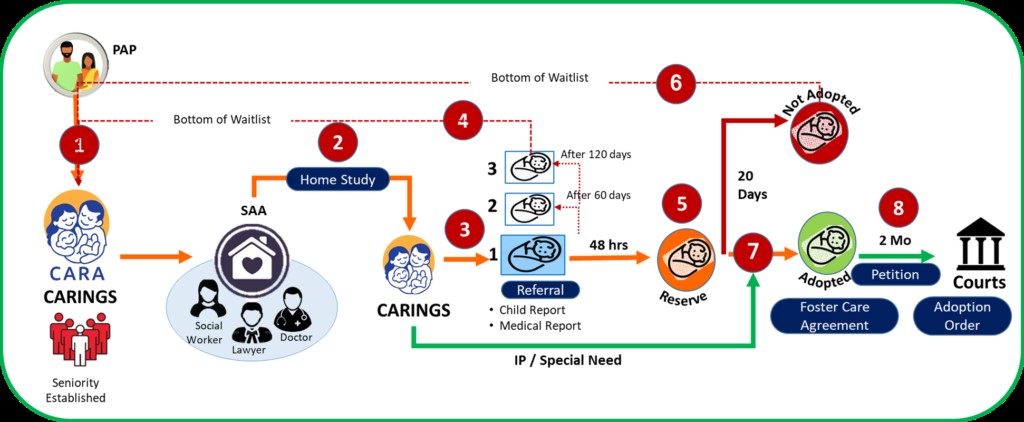7667766266
enquiry@shankarias.in
The Supreme Court has expressed concern over the delay in India’s system of child adoption.
CARA became a signatory to the Hague Convention on Protection of Children and Co-operation of 1993 and India ratified the convention in 2003.


References